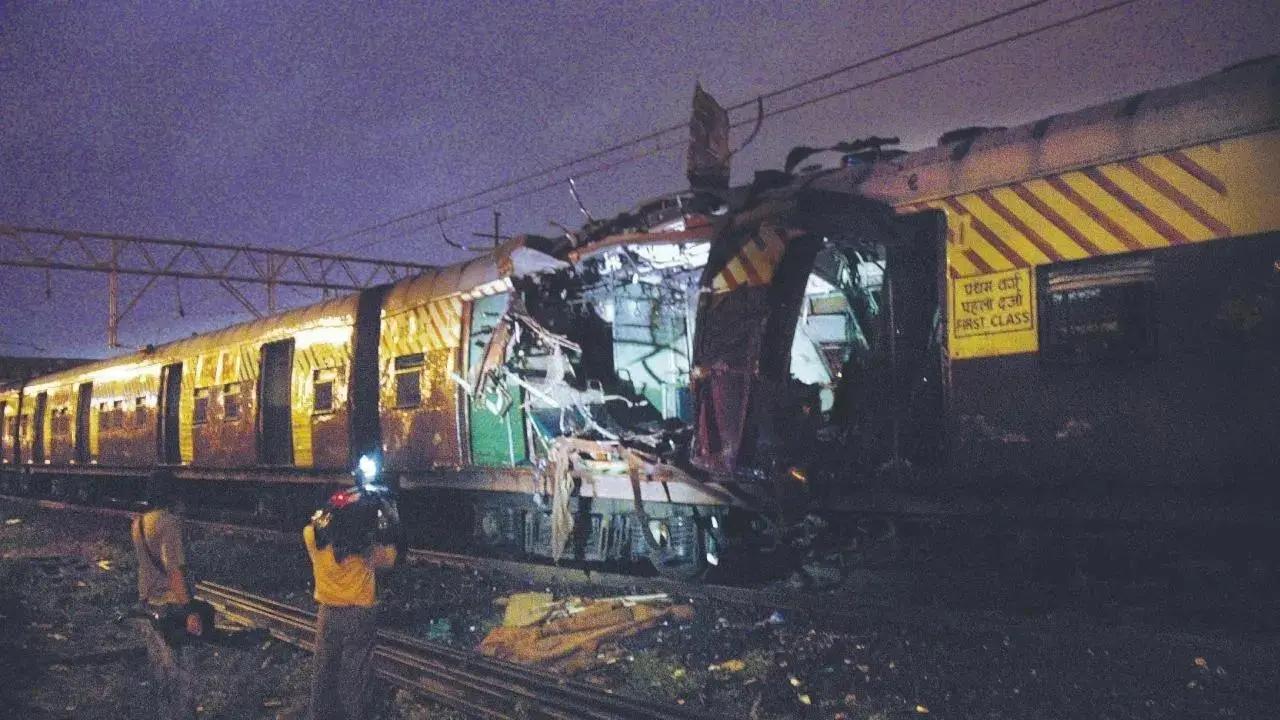This bomb blast in the Mumbai local train part of the series of attacks the city was witnessing that year

Representation image. File pic
In the evening peak hours of March 13, 2003 a bomb exploded in the Mumbai local train, disrupting the life-line and bringing the city to a halt. At 7.45 pm an explosion took place in the first class ladies' compartment of the local train as it approached Mulund railway station on Central railway network. 10 people were killed and 70 were injured in the explosion. The fatalities included four women passengers in the compartment, of which two were police constables and six men from the next compartment.
ADVERTISEMENT
The train was on its way to Karjat from the Chhatrapati Shivaji Maharaj Terminus. Rail traffic on Central Railway was severely affected, in return keeping stranded thousands of commuters in the city. The explosion took place as the train entered Mulund railway station. The explosion had ripped open a part of the first-class compartment and the men who died were in the adjoining second-class compartment.
The injured were taken to the Mulund General Hospital and the Lokmanya Tilak Municipal Hospital, Sion. The government also announced a compensation of Rs 2,00,000 for the next of kin of those killed. Among the injured, most of the victims had received injuries on the head and above the waist, which had raised concerns of death toll may rise. About 100 commuters were believed to be in the compartment at the time of explosion.
This bomb blast in the Mumbai local train part of the series of attacks the city was witnessing that year. The March 13, 2003 bomb blast in Mumbai was third in a series of five bombings in the city within a period of eight months.
In the series of bombings, the first took place on December 2, 2002 when a bomb exploded in a below a seat in a BEST bus near Ghatkopar station, in which two were killed and left 50 injured. The second was on January 27, 2003 when a bomb placed on a bicycle blasted outside Vile Parle railway station, in which one person died and 28 were injured. The fourth explosion was on July 28, 2003 when a bomb exploded on the rear side of a BEST bus on LBS road in Ghatkopar, which killed four people and injured 32.
In the series of the bombings in the city, the fifth was on August 25, 2003 when in twin car bombings as many as 54 people were killed and 244 were left injured. The death toll was high in these explosions as the bombs were places in high footfall areas. One of the bomb explosions took place at the Gateway of India- the major tourist atraction in Mumbai and the second went off in a jewelery market Zaveri Bazaar in central Mumbai, another high footfall area.
 Subscribe today by clicking the link and stay updated with the latest news!" Click here!
Subscribe today by clicking the link and stay updated with the latest news!" Click here!







